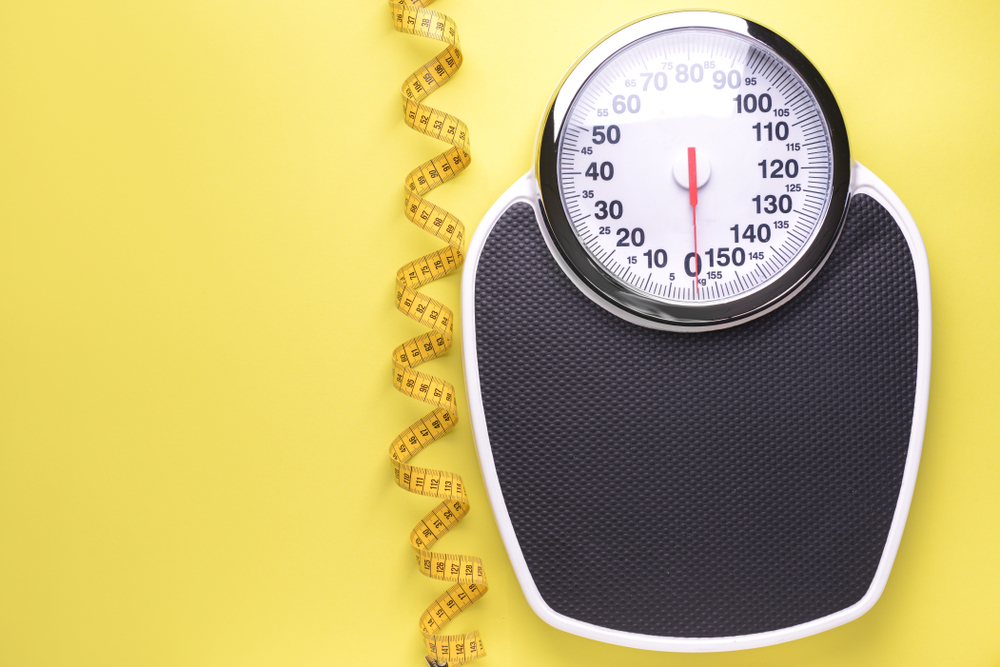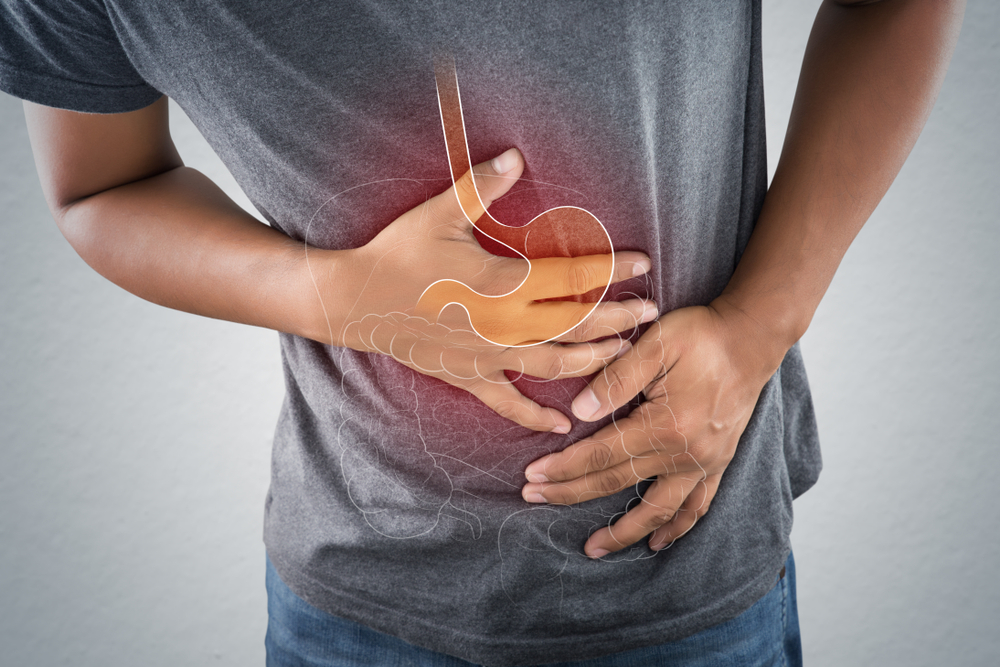In order to build an athletic body, nutrition is also a very important element to take into account apart from training. to training is the key to getting a good result and achieving the expected goal.
Unfortunately, many exercisers do not pay attention to this. But this article will talk about tips to acquire a stable nutrition base and build a perfect diet.
GLYCEMIC INDEX AND GLYCEMIC LOAD
The glycemic index is used to classify foods that contain carbohydrates or sugars. This helps to list their ability to raise blood sugar levels in the human body. Whena person's glycaemic index is too high, it can cause health problems that can become a danger later.
Glycemic load is the way to correlate the glycemic index of a food, in order to prevent it from becoming a poison for its consumer. By knowing the amount of blood sugar the body needs every day for its proper functioning, the consumer can take care of his health by eating food in moderation and without depriving himself all the time.
The blood sugar level is different in every meal and this is measured directly during digestion. The glycemic index of a food is calculated by referring to a white bread which is pure glucose, with an index of 100. There are three categories of classification: low, medium and high.
DIETARY PERIODIZATION
It is imperative to do a variety of workouts to ensure steady improvement and prevent stagnation. And to be more successful, it is helpful to adapt nutrition to each work cycle at the same time. The variation in nutritional ratios should be based on the different types of muscle work.
It is important to favour carbohydrate intake for practitioners who wish to have maximum results following long sets of work. This will allow glycogen overcompensation and also increase muscle volume.
There are several phases: the strength phase, the myofibrillar hypertrophy phase, the sarcoplasmic hypertrophy phase and the endurance/generalized muscle phase.
FIBRES IN THE DIET
Fibre or polysaccharide is a complex sugar that cannot be digested. In plants, fibre has a structural role. The body does not digest fibre and it has no nutritional value, unlike vitamins and other types of nutrients.
On the other hand, fibre-rich foods have a role in the synthesis of glucose, which is a necessary function for the brain. This function needs a supply of sugar and transmits all the signals to the body. Thus, this function keeps diabetes and obesity at bay.
Fibre is also an excellent slimming agent. It also plays an important role in the stomach. There are two types of fibre: soluble fibre and insoluble fibre. Fibre is present in many foods. It is also available in the form of food supplements. They ensure the proper functioning of the body.
ANTIOXIDANTS AND THE IMMUNE SYSTEM
Free radicals are unstable molecules produced by the body during the process of changing nutrients into energy. Thanks to the presence of antioxidants, the body can eliminate them, provided that their production is not in excess.
This is bad for your health. They control free radicals during the oxidation reaction. The practice of sports increases the production of free radicals in the presence of increased energy requirements.
To assess theantioxidant content of foods, the ORAC index is the parameter used. It is used to measure the ability to control free radicals. When the ORAC index of a food is high, it means that the food is an antioxidant.
IT'S ALL ABOUT ACID-BASE
Acid-base balance is a necessary concept for maintaining good health. Its imbalance can cause osteo-tendinous and functional disorders such as chronic fatigue for example.
Modern food is the primary cause of this imbalance. Foods are classified into three categories: acidifying foods, basifying or alkalinising foods and neutral foods. The PRAL index is used to define the acidifying or alkalising power of a food. The body also has "buffer" systems from the kidneys and lungs that maintain a pH close to 7. 4.
A sustained excess of tissue acidity causes these systems to become saturated. Overtraining and intense physical activity also increase the risk of tissue acidity. In athletes, it can cause fragility and recovery difficulties.
CALORIES
Calories are the energy used by the body to function. In other words, it is the energy engine of the body. The body expends this calorie during daily physical exercise. To gain calorie, you just have to eat.
All foods and drinks that contain the following inputs provide calories: carbohydrate or sugar, fat or fatty acid and protein or amino acid. Calories are not only used to gain weight, they also provide energy. Calories are not only used to gain weight, but also to provide energy, which is needed for organs such as the brain, heart and lungs to function properly.
A woman needs a daily calorie intake of 1800 kilocalories and 20000 kilocalories for a man. This rate is essential for a person every day because of the daily activity to be done.
Calorieshave advantages also for sportsmen. Each type of food that contains calories has its own advantage for the body of a sportsman.
IMC
BMI is used to determine a person's build, in other words to determine whether a person is overweight or not. Note that the BMI of an athlete and a person who does not practice sports is not the same since the muscles of athletes can increase their weight, but this does not mean that they are obese or overweight.
BMI can also indicate whether a person is underweight, i. e. their weight is below what they should be for their height.
BMI is also used in children and adolescents to check their growth and to detect if they have a weight problem. A person's BMI is interpreted according to the reference obtained and the calculation is done using their weight and the square of their height.
FOOD JOURNAL
It is essential to eat a healthy and complete diet. It is therefore necessary to give priority to fruit, vegetables, proteins, and everything that is healthy and balanced. If possible also reduce or even avoid all industrial food. They are bad for your health and increase your BMI.
It is not enough just to change your diet, you also need to move more by doing regular sports or walking. These two reflexes should be implemented to have good health and a normal BMI. It may therefore be worth keeping a food diary.
METABOLISM
Metabolism is the set of chemical reactions that originate in the cells of the body.
It consists of catabolism, which is used to extract energy from nutrients, and cellular metabolism, which deals with anabolic effects. There is also the body's own energy metabolism. It consists of the production of energy used by the cells. There is also the basal metabolism, which consists of the basic activities of the human being.
There is also the active metabolism, which increases energy requirements and ensures the proper functioning of the body. And then there is the carbohydrate metabolism which is specific to carbohydrates. It is necessary for the absorption of carbohydrates. The metabolism works during physical activity with the help of ATP molecules which activate the contraction of the muscle.
It should be noted that a healthy and balanced diet ensures that the metabolism functions properly.









